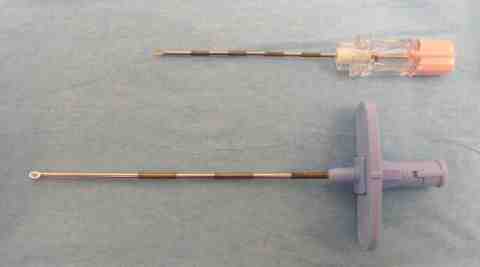Neuraxial blocks can be useful in children as well as adults. However, children present two problems to the neuraxial anaesthetist.
Question: What are these two problems?
Click here for the answer.

Neuraxial blocks can be useful in children as well as adults. However, children present two problems to the neuraxial anaesthetist.
Question: What are these two problems?
Answer:
Cooperation
Clearly, at a very young age, children are unable to cooperate with placement of neuraxial blockade whilst awake. Older children may be perfectly capable and happy to accept neuraxial techniques and this should be remembered. Neuraxial blocks can be performed following general anaesthesia; this is more commonly the case in smaller children.
Anatomy
Aside from being smaller, the most relevant difference in children is that the spinal cord terminates at a lower vertebral level than in the adult. This means that until mid to late adolescence, spinal anaesthesia is only rarely performed. Epidural techniques can be used however; epidural sets with small needles and catheters exist (see image). Caudal injections are safe in children and probably the most common paediatric neuraxial block, being useful for operations such as circumcision. In very small infants, the caudal route can be used for catheter placement, even up to thoracic levels.
